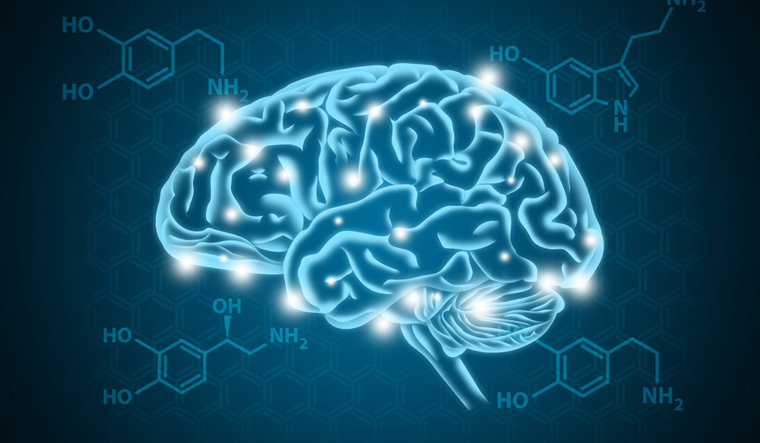Scientists have achieved a major milestone in understanding the complex mechanisms that control development of the cerebral cortex, the part of the brain that plays a key role in attention, perception, awareness, thought, memory, language, and consciousness.
Brain is composed of billions of neurons that communicate together by forming numerous connections and synapses. The cerebral cortex (plural cortices) is the outer layer of neural tissue of the cerebrum of the brain in humans and other mammals. Previous studies have shown that evolution of the brain in mammals has been accompanied by a progressive enlargement of the cerebral cortex.
The intentional study, led by Prof Lars Allan Larsen and Prof Søren Tvorup Christensen at University of Copenhagen (UCPH), Denmark, has been published in Nature Communications.
The team started with genetic analyses of a large family in which children were born with primary microcephaly, a rare congenital brain disorder characterised by a reduction in the size of the cerebral cortex and varying degree of cognitive dysfunction.
The scientists found that the children were carriers of a mutation in both copies of the gene, RRP7A, and by the use of stem cell cultures as well as zebrafish as model organism, RRP7A was shown to play a critical role for brain stem cells to proliferate and form new neurons. This process is extremely complex and slight disturbances may have serious consequences, which may explain why the mutation affects the brain and no other tissues and organs.
"Our discovery is surprising, because it reveals hitherto unknown mechanisms involved in the development of the brain. In addition, it highlights the value of research in rare disorders, which is important both for the patients and family affected by the disease but also beneficial for society in the form of new knowledge about human biology," said Prof Larsen, Department of Cellular and Molecular Medicine.
The researchers further discovered that the mutation in RRP7A affects the function of the so-called primary cilia, which project in a single copy as antenna-like structures on the surface of cells to register environmental cues and control the formation of new neurons in the developing brain.
"Our results open a new avenue for understanding how primary cilia control developmental processes, and how certain mutations at these antenna-like structures compromise the formation of tissues and organs during development. To this end, we have already initiated a series of investigations to understand the mechanisms by which RRP7A regulates ciliary signaling to control formation and organization of neurons in the brain, and how defects in this signaling may lead to brain malformation and cognitive disorders, said Prof Christensen at Department of Biology.




